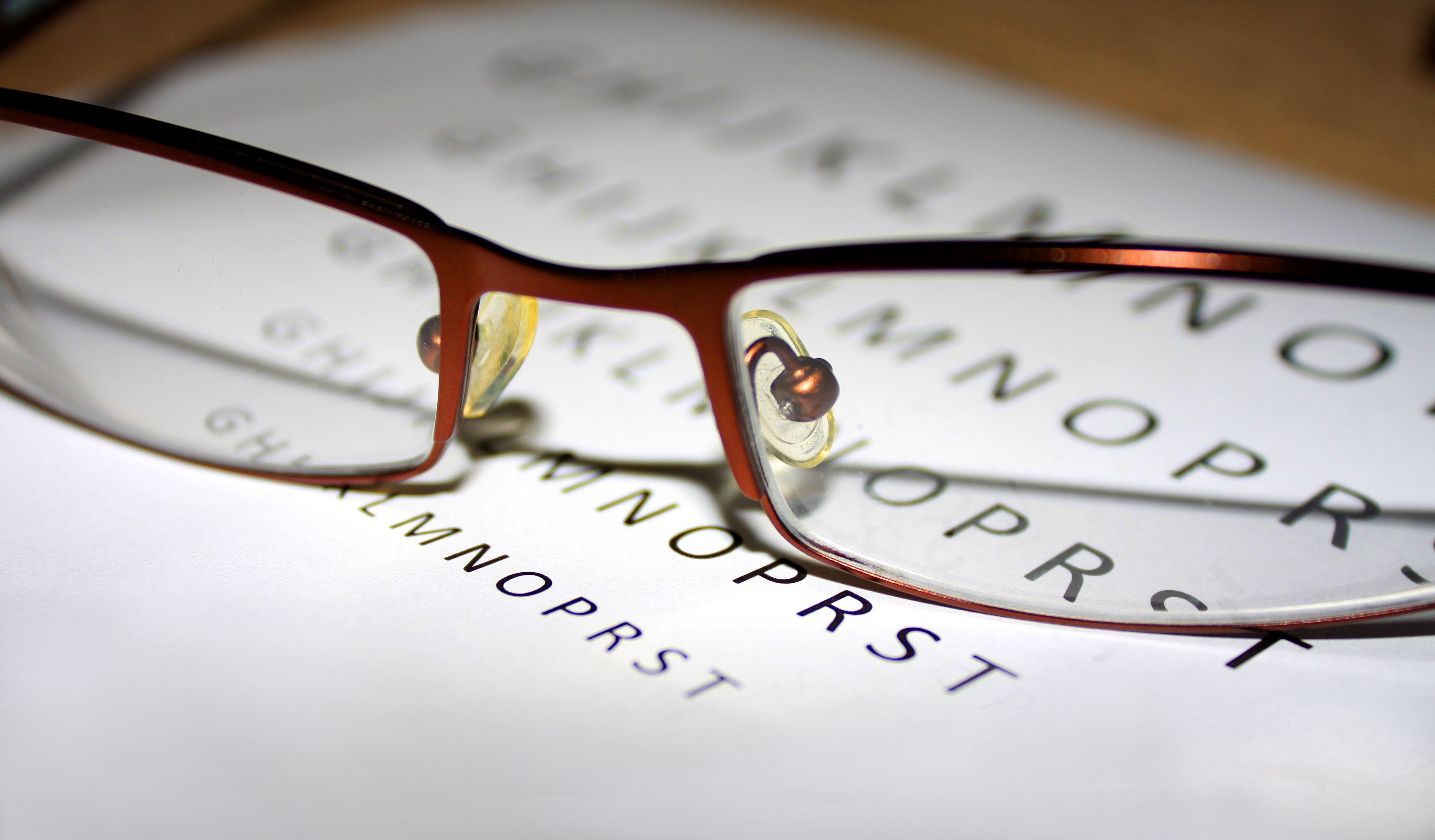Article
Study Finds Possible Pathogenesis of Age-Related Macular Degeneration
Author(s):
A transcriptome-wide association study found 106 genes that may point to the pathogenesis of age-related macular degeneration, according to results recently published in Scientific Reports.
A transcriptome-wide association study (TWAS) found 106 genes that may point to the pathogenesis of age-related macular degeneration (AMD), according to results recently published in Scientific Reports.
AMD, a disease of the choroid, Bruch’s membrane, retinal pigment epithelium, and photoreceptor complex, affected approximately 172 million people worldwide in 2016. The disease progressively deteriorates one’s vision and is most common among older individuals in industrialized nations. Currently, there is no cure.
To determine which genes are associated with the disease, researchers conducted a TWAS using genotypes of 16,144 late-stage AMD cases and 17,832 healthy controls. They imputed gene expression for 27 human tissues they obtained from 134 to 421 individuals.
“A linear recession model including each individual’s imputed gene expression data and the respective AMD status identified 106 genes significantly associated to AMD variants in at least one tissue (Q value <.001),” the authors said. “Remarkably, 31 of the 106 genes overlapped with significant genome-wide association studies (GWAS) signals of other complex traits and diseases, such as neurological or autoimmune conditions.”
Their results suggest that gene expressions associated with AMD are not restricted to retinal tissue, “as could be expected for an eye disease of the posterior pole, but instead [are] rather ubiquitous, suggesting processes underlying AMD pathology to be of systematic nature.”
The researchers also found that of the 106 unique genes significantly associated with AMD in at least 1 tissue, 88 are located in loci known to be associated with AMD. In addition, “many of the identified genes, which are located in loci known to be AMD-associated with genome-wide significance, were associated with AMD status in several tissues.”
Furthermore, they discovered the following gene associations:
- 15 AMD-associated genes overlap with R2 loci of neurological diseases (P = 7.65 x 10-7)
- 10 genes overlap with metabolic traits (P = .042)
- 9 genes overlap with autoimmune diseases (P = .044)
- 6 genes share loci associated with cancer (P = .076)
- 5 genes intersect with loci significantly associated to organ function (P = .018)
Although co-localization within a shared genomic locus “is not a functional evidence as such,” the researchers point out that “genes overlapping with a lead variant or a corresponding variant in high linkage disequilibrium are a priori excellent candidate genes possibly playing a role in disease etiology.”
In the future, studies aiming to find treatments for AMD should strongly consider that AMD-associated genetics suggest altered gene expression throughout the body, the researchers note. They conclude these mechanisms are likely involved in a host of other common diseases.
Reference
Strunz T, Lauwen S, Kiel C, Hollander AD, Weber BHF; International AMD Genomics Consortium (IAMDGC). A transcriptome-wide association study based on 27 tissues identifies 106 genes potentially relevant for disease pathology in age-related macular degeneration. Sci Rep. 2020;10(1):1584. doi: 10.1038/s41598-020-58510-9.










2 Commerce Drive
Suite 100
Cranbury, NJ 08512
© 2025 MJH Life Sciences® and AJMC®.
All rights reserved.






